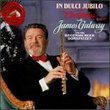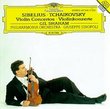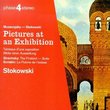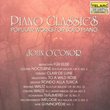| All Artists: George Manos Title: Four Centuries of Vocal Music - National Gallery Vocal Arts Ensemble (Washington D.C.) Members Wishing: 0 Total Copies: 0 Label: Koch Int'l Classics Release Date: 1/25/1995 Genres: Folk, Special Interest, Pop, Classical Styles: Vocal Pop, Opera & Classical Vocal, Chamber Music, Historical Periods, Baroque (c.1600-1750), Classical (c.1770-1830), Modern, 20th, & 21st Century Number of Discs: 1 SwapaCD Credits: 1 UPC: 099923703822 |
Search - George Manos :: Four Centuries of Vocal Music - National Gallery Vocal Arts Ensemble (Washington D.C.)
 | George Manos Four Centuries of Vocal Music - National Gallery Vocal Arts Ensemble (Washington D.C.) Genres: Folk, Special Interest, Pop, Classical
|
CD DetailsSimilarly Requested CDs
|
CD ReviewsA voice teacher and early music fan George Peabody | Planet Earth | 03/03/2007 (4 out of 5 stars) "LATE FIFTEENTH TO EARLY SEVENTEENTH CENTURIES: ERA OF VOCAL TRAINING.
Vecchi, Arcadelt, Lassus, and Monteverdi were all masters of the high Renaissance period of vocal music, which spanned the late 15th to the early 17th centuries. In this era, vocal training was necessary for all would-be composers, since the church operated most of the music schools, which were directly connected to church choirs. Therefore, sacred music was a great part of the output of these 4 men, but they were also proficient and active in the secular music genre, producing many secular part songs called 'madrigals'. 4 of which are included on this disc: 'Fa una canzona'-'Il bianco e dolce cigno'-'Tutto lo di'-'Amor:Lamento della ninfa'. The English had their own flowering of madrigals strongly influenced by the Italians; three of these are on this disc:'Alas, Departynge Is Ground for Woe'-'Rest, Sweet Nymphs'-'Fair Phyllis'. There are 2 rather humorous songs by Haydn on this recording; I was surprised at their inclusion, but after hearing them,I found that they do fit very well musically with what goes before. Mendelssohn inherited from Haydn the strong tradition of part-songs in German, and introduced into it the rich harmonies and the emotional yearnings of the romantic era. Ralph Vaughan Williams represents a generation of composers who looked back beyond the romantic and classical periods of the Renaissance for their models in vocal composition. He took the smooth vocal lines and modal harmonies reminiscent of Lassus and Monteverdi, and added his own style of touches of dissonance and parallel voice leading. Vocal music sung in parts has been one of America's strong traditions since the beginnings of the nation. From the varied nationalities projecting their own individual backgrounds , both sacred and secular, we have a true melting-pot of folksong styles. The STRONG point for the worth of this recording is its very excellent collection of songs; they do span the 3 centuries very well, and the choice of material is interesting, varied and well-sung." |

 Track Listings (23) - Disc #1
Track Listings (23) - Disc #1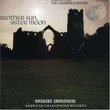
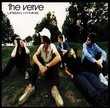
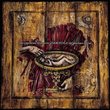
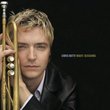
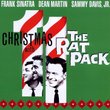
![Across The Universe [Deluxe Edition]](https://nationalbookswap.com/cd//m/51/1251/1241251.jpg)
